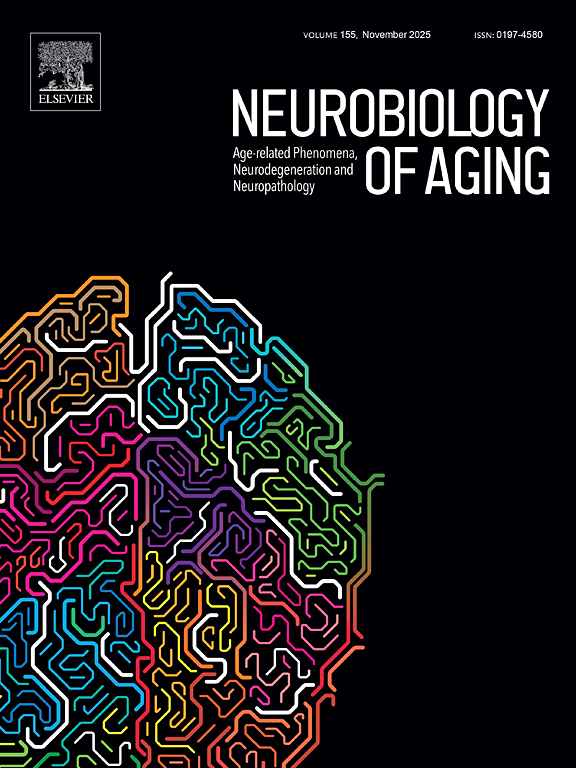
Citation :
Bussy, A., Patel, R., Parent, O., Salaciak, A., Bedford, S. A., Farzin, S., Tullo, S., Picard, C., Villeneuve, S., Poirier, J., Breitner, J. C., Devenyi, G. A., PREVENT-AD Research Group, Tardif, C. L., & Chakravarty, M. M. (2025). Exploring morphological and microstructural signatures across the Alzheimer’s spectrum and risk factors. Neurobiology of aging, 149, 1–18. https://doi.org/10.1016/j.neurobiolaging.2025.01.011
Full text : Here
Bussy, A., Patel, R., Parent, O., Salaciak, A., Bedford, S. A., Farzin, S., Tullo, S., Picard, C., Villeneuve, S., Poirier, J., Breitner, J. C., Devenyi, G. A., PREVENT-AD Research Group, Tardif, C. L., & Chakravarty, M. M.
published in Neurobiology of Aging, May 2025.
ABSTRACT :
Neural alterations, including myelin degeneration and inflammation-related iron burden, may accompany early Alzheimer’s disease (AD) pathophysiology. This study aims to identify multi-modal signatures associated with MRI-derived atrophy and quantitative MRI (qMRI) measures of myelin and iron in a unique dataset of 158 participants across the AD spectrum, including those without cognitive impairment, at familial risk for AD, with mild cognitive impairment, and with AD dementia. Our results revealed a brain pattern with decreased cortical thickness, indicating increased neuronal death, and compromised hippocampal integrity due to reduced myelin content. This pattern was associated with lifestyle factors such as smoking, high blood pressure, high cholesterol, and anxiety, as well as older age, AD progression, and APOE-ɛ4 carrier status. These findings underscore the value of qMRI metrics as a non-invasive tool, offering sensitivity to lifestyle-related modifiable risk factors and medical history, even in preclinical stages of AD.
